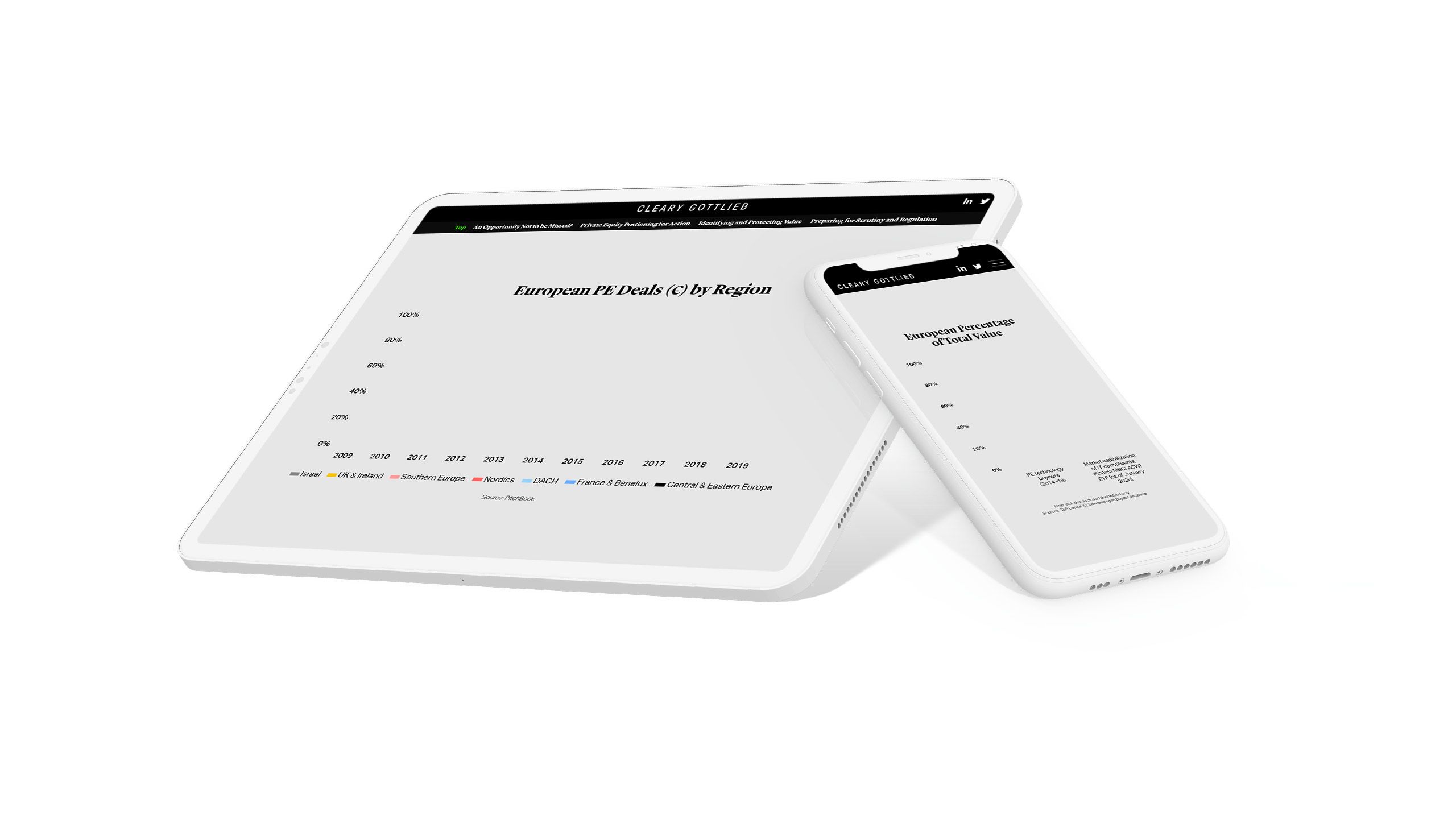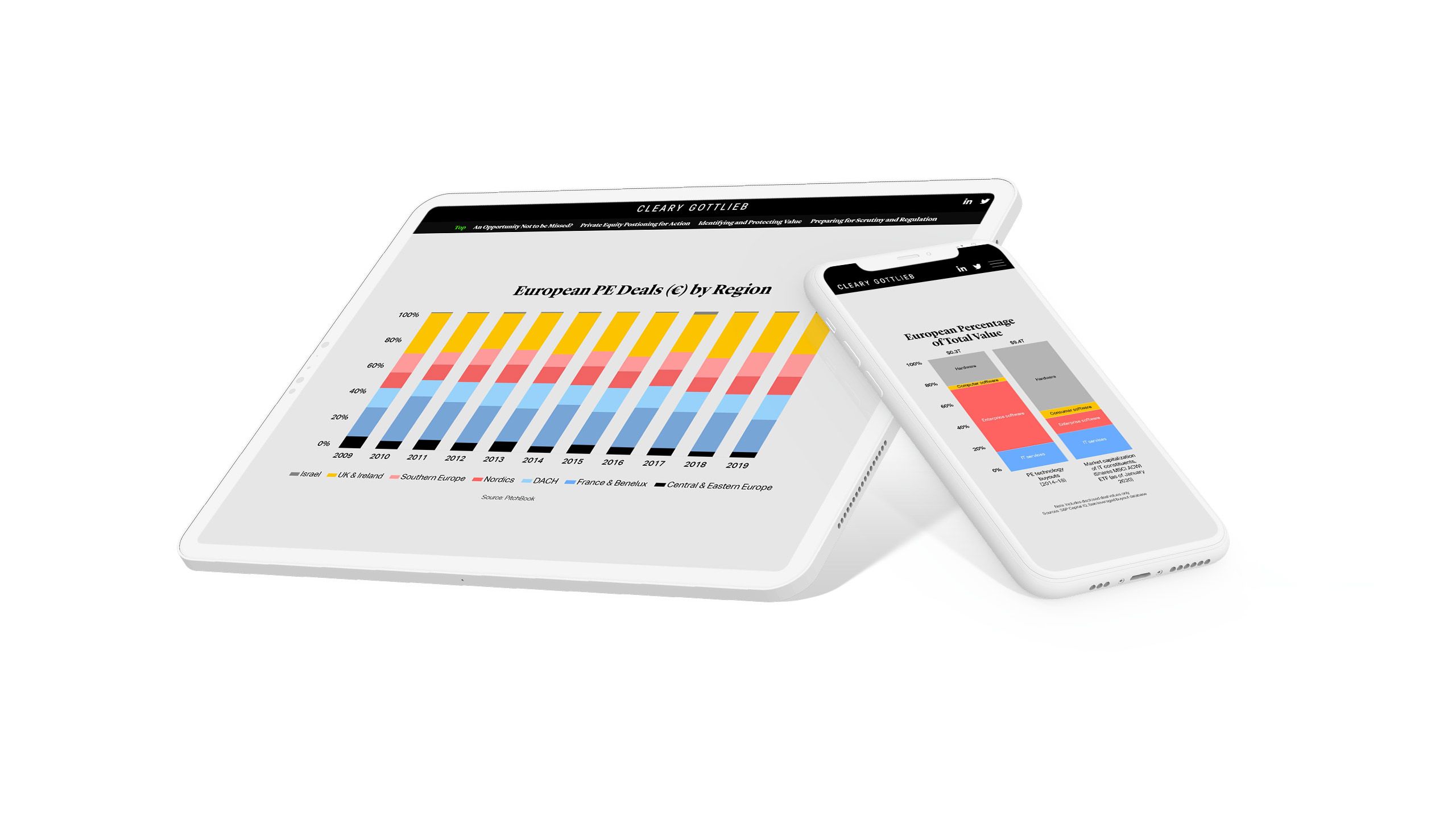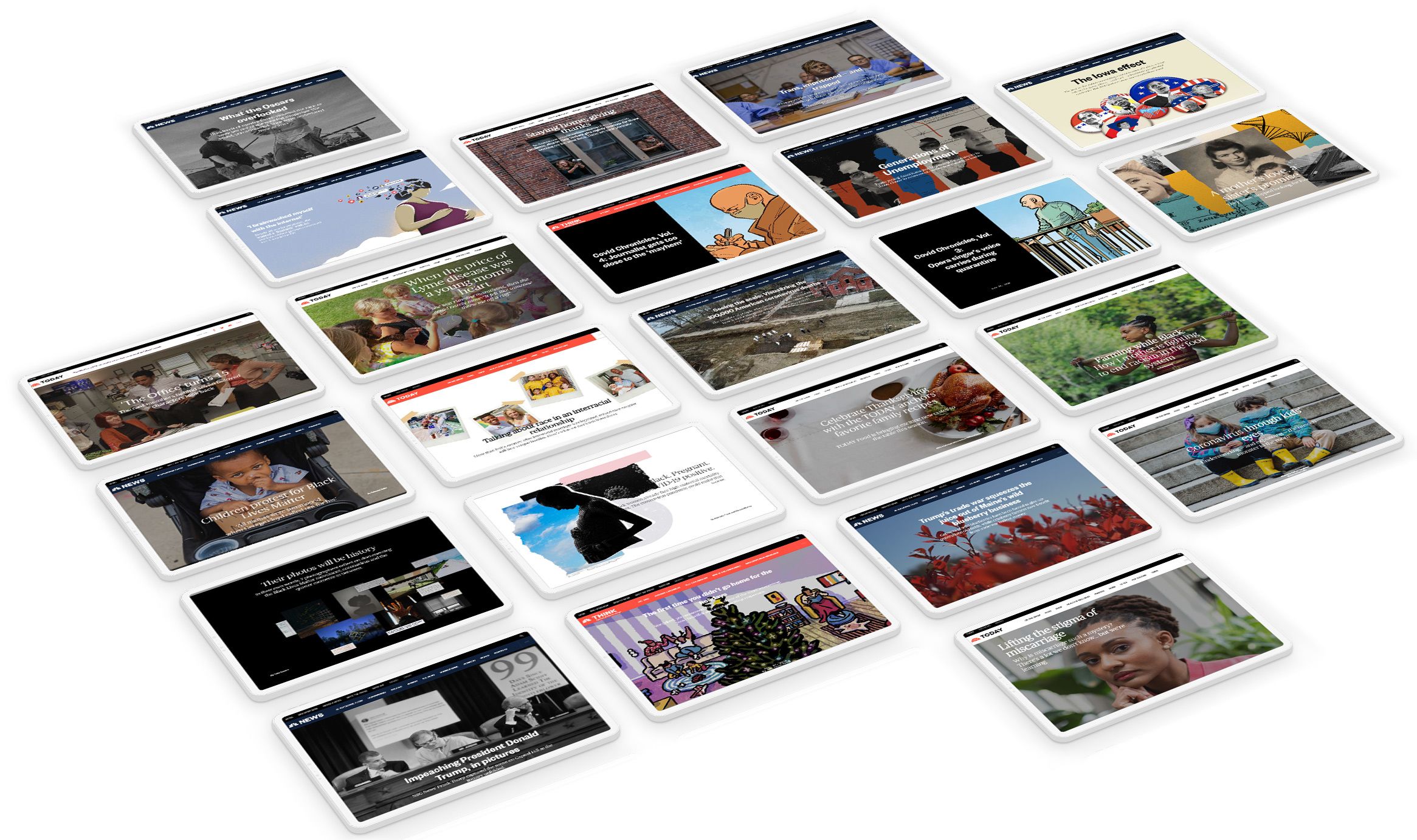9 digital marketing tips for banks

All banks rely on digital marketing to generate new leads. The channels they use — advertising, SEO, drip campaigns, social media and more — will be familiar to anyone with a passing interest in digital marketing.
The tactics are familiar for an obvious reason: everyone’s using them. For ambitious, growth-obsessed marketers, this is a problem. When everyone employs the same tactics to target the same audience, the inevitable happens — the old digital marketing strategies don’t work as well as they used to.
We'll cover
Create your first story with Shorthand.
Build stunning, interactive web content at scale — no code or web design skills required.
Get started.
Digital marketing is changing
Leading brands — following media companies like the BBC, Sky News, and NBC News — have approached this problem by rejecting the tired high-volume ‘content farm’ model of content production.
Instead, these brands are building quality, immersive reading experiences, embracing a wider trend towards premium digital storytelling.
For marketing teams, the rationale is clear: leads that have a great reading experience are much more likely to convert.
If you're looking for more digital storytelling inspiration, sign up for our newsletter and get the best digital stories delivered fresh to your inbox.
What does digital storytelling look like?

Media companies have long invested in digital storytelling technology, and have seen impressive results. NBC News, for example, has published an array of impressive digital stories.
Brands are quickly catching up. In 2018, Nick Bennett of Honda migrated the entire content hub for Honda UK from its legacy CMS to the digital storytelling platform Shorthand. After the first year, return on investment — measured in terms of traffic and value to the business — was up by 32%, with average site dwell time up 82%.

In this guide, we offer nine tips for banks looking to improve their digital marketing. We’ll cover the importance of educational content, knowing your audience, scroll-based visual techniques, data animation, and why companies need to prioritise quality over quantity in their marketing campaigns.
If you're ready to build your own digital stories without writing a line of code, get started with Shorthand and create your first story free.
1. Don’t sell — educate

The cardinal sin of digital marketing — especially marketing aimed at professionals — is to sell. While that might sound counter-intuitive, professionals are much more likely to pay attention to your digital marketing campaigns (and your business) if you’re able to offer educational content that informs them about their world or helps them in their work.
For marketers, this means spending more time planning out and producing your written content. It also means incorporating, as much as possible, the latest visual storytelling techniques (mentioned in greater detail below). These will help give your content a ‘premium’ look and feel.
You might end up publishing less — but the net result will likely be higher dwell time, lower bounce rates, and better CTRs than generic CMS publishing solutions.
A great example of this comes from The European Bank for Reconstruction and Development (EBRD) which has published a range of detailed, informative reports on how the bank fulfils its commitment to democracy, sustainable energy, and sustainable development.

2. Know your customers

The formula for successful digital marketing is simple: you need to get the right content to the right people at the right time. Of course, with modern social media platforms, it’s become possible to get your content in front of relatively well-defined groups of people. But before you can do this, you need to know who those people are.
The best way to do this is to produce a series of personas, which will help guide the production and distribution of your content. Most marketing teams will have produced these already — but it’s important to keep updating these personas as your business changes. Keep an eye on your customer segments, and make sure that you’ve defined your audiences as precisely as you can
3. Tell customer stories

Finance has a reputation for being — how do we put this delicately? — boring. But that’s not the reality. The customers of banks are on the front line of the economy, and they often have extremely interesting stories to tell. Publishing these stories is a great way to highlight the services you offer, and to generate new leads.
How do you find the best stories? Often, the best way is to ask your sales and customer success representatives for recommendations. They’ll know the best stories to feature and will be able to connect you with your customers.
4. Animate your data

Graphs and charts are commonplace in financial content — but data can be difficult for busy readers to grasp. To address this problem, marketers have been embracing data visualization. This includes basic infographics and illustrated charts.
Data visualisation has always been more than ‘nice looking charts.’ For a while now, web developers have been able to build impressive interactive infographics — but usually at significant cost and effort.
Happily, this is changing. With modern web browsers and new storytelling platforms, it’s become possible to animate data natively, triggered by the scroll of a mouse or touch screen. And here’s the kicker — it’s possible to do all this without hiring a web developer or even knowing how to write a single line of code. The following animated chart in a story from Cleary Gottlieb, for instance, is made from simple, static images uploaded into Shorthand's Reveal section.
If you're looking for more examples and inspiration, check out our guide on how to get started with data storytelling, as well as our 8 examples of powerful data stories.


5. Invest in quality, not quantity

In the early days of content marketing, many companies scrambled to publish content — any content — in order to rank in Google. While this strategy worked for some, it also carried reputational risk. Banks weren’t the only companies that suffered from poorly researched and badly written content appearing on their homepage.
As digital marketing becomes even more important — and as more business is transacted online — your content is becoming the front door for your company. For companies willing to invest in quality, this represents an extraordinary opportunity to establish your reputation and capture highly targeted leads.
Learn more about the rise in quality content on the web in our guide to brand storytelling.
Shorthand is the world's premier digital storytelling platform.
Create stunning, immersive reading experiences in record time. No code required.

Shorthand is the world's premier digital storytelling platform.
Create stunning, immersive reading experiences in record time. No code required.

6. Use modern scrolling techniques

Great words and images are only two pieces of the puzzle. Digital marketing is, well, digital — and, to succeed, your content needs to utilise the latest digital storytelling techniques.
Chief among these is ‘scrollytelling’, an umbrella term for scroll-based narratives built using animation and storytelling devices like Shorthand’s ‘Reveal’ and ‘Scrollmation.’ Scrollytelling techniques have proven results, including increased dwell time, reduced bounce rates, and increased click-through rates.
Learn more about Scrollytelling with our guide, An introduction to scrollytelling.
7. Put your experts to work

The secret weapon for marketing teams at banks and companies is their in-house experts.
You might not want your experts writing content themselves. This can sometimes work, but many finance gurus aren’t the most elegant or accessible writers, and they’ll often take much, much longer than necessary to produce something you can use.
But that doesn’t mean they can’t be helpful. A handy way to generate great educational content is to interview your technical experts, and then repurpose — or even ghostwrite — that content for your marketing campaigns.
8. Keep their attention

A lot of digital marketing advice focuses on getting people to your content. But while it’s critical to nail SEO and digital ad campaigns, none of it matters if no one converts. To increase your chances of conversion, you need to keep folks on the page for as long as possible.
The best way to do this is to create a beautiful and immersive reading experience. Most marketing content is — to put it bluntly — neither beautiful nor immersive. As we all know, the web is littered with annoying pop-ups and aggressive CTAs.
Looking for tips on how to create immersive reading experiences? Check out our introduction to interactive marketing.
9. Measure, rinse, and repeat

Digital storytelling is a relatively new technique for digital marketing campaigns. As such, it’s important for marketing teams to know how to measure content marketing success with the right metrics.
From our experience at Shorthand, most marketing teams that invest in digital storytelling benefit from a positive feedback loop. With positive initial results, teams tell more stories; as they tell more stories, they get better at building immersive reading experiences; and as they build better experiences, they get more conversions.
But everyone has to start at the beginning. If you’re interested in trying out digital storytelling, Shorthand offers a range of plans tailored to your team's needs. Check them out now, or have a chat with us.
